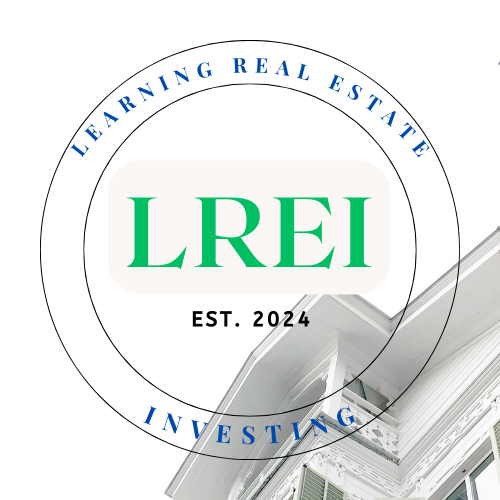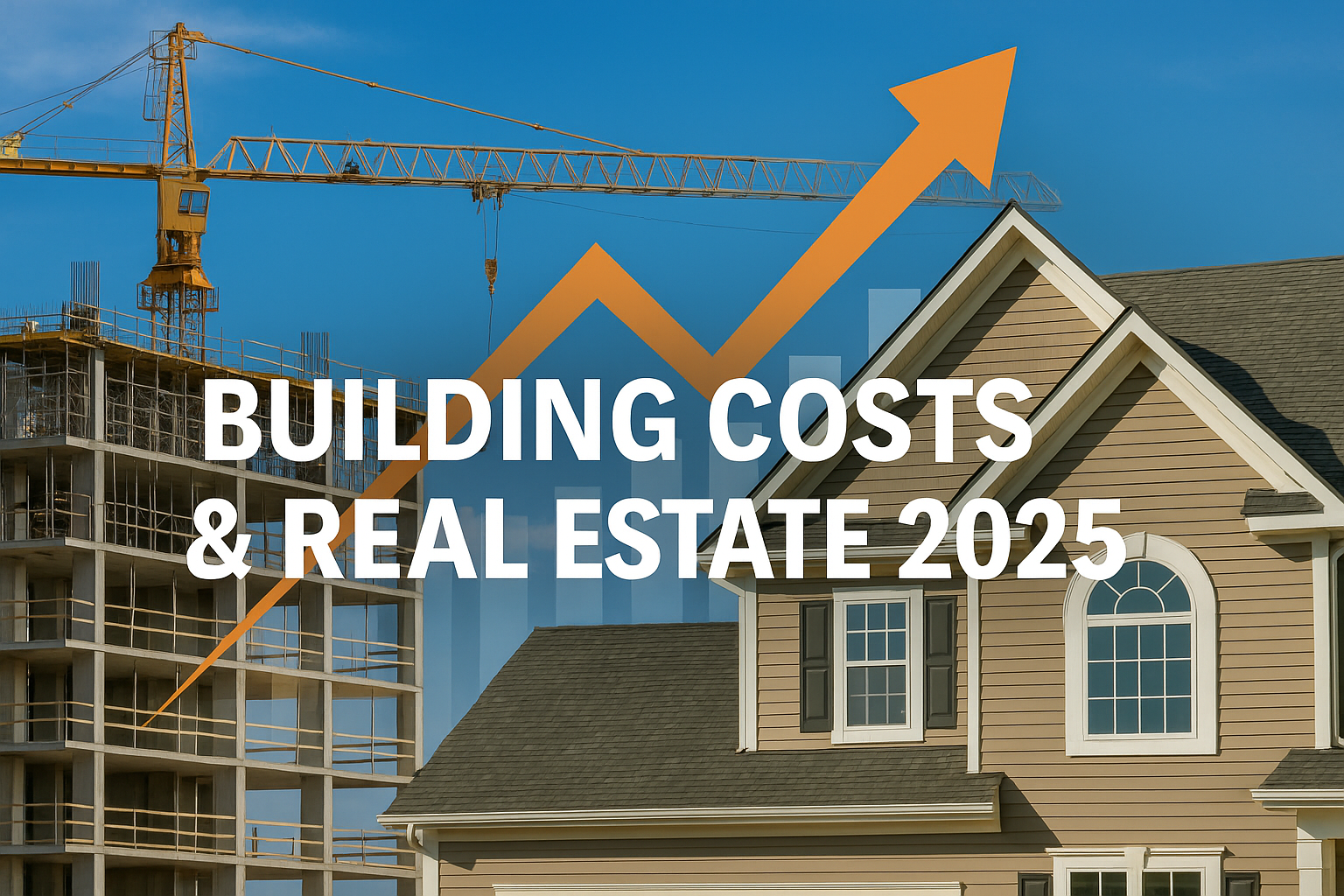How Tariffs and Building Costs Shape the Real Estate Market
Every property is tied to construction costs. In 2025, tariffs, labor shortages, and material prices are reshaping the market in ways investors can’t ignore.
Behind every home and commercial building is a stack of raw materials, labor, and global trade agreements. While many investors focus on mortgage rates and rents, the reality is that construction costs quietly shape the entire housing market. From lumber tariffs to labor shortages, these forces determine how much housing supply comes online—and how existing property values rise.
Want my guide to reading housing cost signals before investing?
Tariffs and Materials
Global trade disputes and tariffs play a massive role in construction pricing. For example, tariffs on Canadian lumber have added thousands to the cost of an average home. Steel and aluminum tariffs ripple through everything from roofing to appliances.
- Lumber: Price swings of 30–50% are not uncommon, directly impacting builders’ budgets.
- Steel & concrete: Infrastructure-heavy materials face global demand pressures, pushing costs higher.
- Appliances & finishes: Tariffs on imports make even the finishing touches more expensive.
Labor Shortages
Even if materials were cheap, there’s still a labor issue. The construction industry faces a shortage of skilled workers, from framers to electricians. An aging workforce, lack of training programs, and pandemic-related disruptions have left gaps that drive wages up and timelines longer.
- Fewer workers = slower projects.
- Rising wages = higher total build costs.
- Delays = reduced housing supply in hot markets.
Supply Chain Disruptions
The past few years have shown how vulnerable real estate is to supply chain breakdowns. Shipping delays, port congestion, and geopolitical conflicts all add friction. Even a three-month delay in receiving windows or HVAC systems can stall hundreds of homes in a development pipeline.
Impact on Housing Supply
When costs rise and labor tightens, builders slow down. Fewer homes get built, which tightens supply and pushes up prices of existing inventory. This is why many investors who never touch new construction still benefit when building costs surge—their existing rentals or flips become more valuable.
Example: During the 2021 lumber price spike, new home construction slowed by 12%. Meanwhile, resale homes in supply-constrained metros like Austin and Phoenix jumped in value as buyers had fewer new options.
How Investors Can Use This Knowledge
- Track material indexes: Watch lumber, steel, and copper prices as early indicators of housing cost shifts.
- Read policy news: Tariff announcements can signal changes in future supply.
- Leverage scarcity: In times of high build costs, focus on existing property appreciation.
- Factor in delays: If investing in new construction, add cushion for supply chain or labor disruptions.
For a deeper breakdown of these signals, grab my free ebook here.
Risks of Ignoring Construction Costs
Investors who ignore building cost trends risk being blindsided by market shifts:
- Overestimating new supply in high-cost environments.
- Buying flips without factoring in rising renovation material prices.
- Failing to anticipate appreciation in supply-constrained metros.
Case Studies: Tariffs in Action
Case 1: Lumber Tariffs – A 25% tariff on Canadian lumber in 2018 raised average home prices by $9,000. Builders slowed projects, pushing resale values higher.
Case 2: Steel Prices – Tariffs and global demand doubled steel costs in 2021, delaying commercial projects and raising rents on finished office spaces.
Case 3: Pandemic Supply Chains – Shortages of microchips delayed appliances and HVAC systems, adding months to build times and reducing new housing completions.
Action Steps for 2025 Investors
- Stay updated on material tariffs and labor data.
- Favor existing properties during high-cost cycles.
- Adjust flip budgets for rising renovation costs.
- Use scarcity to your advantage by holding rentals in constrained markets.
Investor Tip: Don’t ignore the signals. Use my free guide to learn how to track costs and spot opportunities.
Conclusion
Building costs may seem like a builder’s problem, but they shape the real estate market for everyone. When tariffs, labor shortages, and supply chain issues drive costs up, new supply slows, and existing homes gain value. Investors who understand these dynamics can anticipate shifts before they happen and position themselves for stronger returns.


Leave a Reply